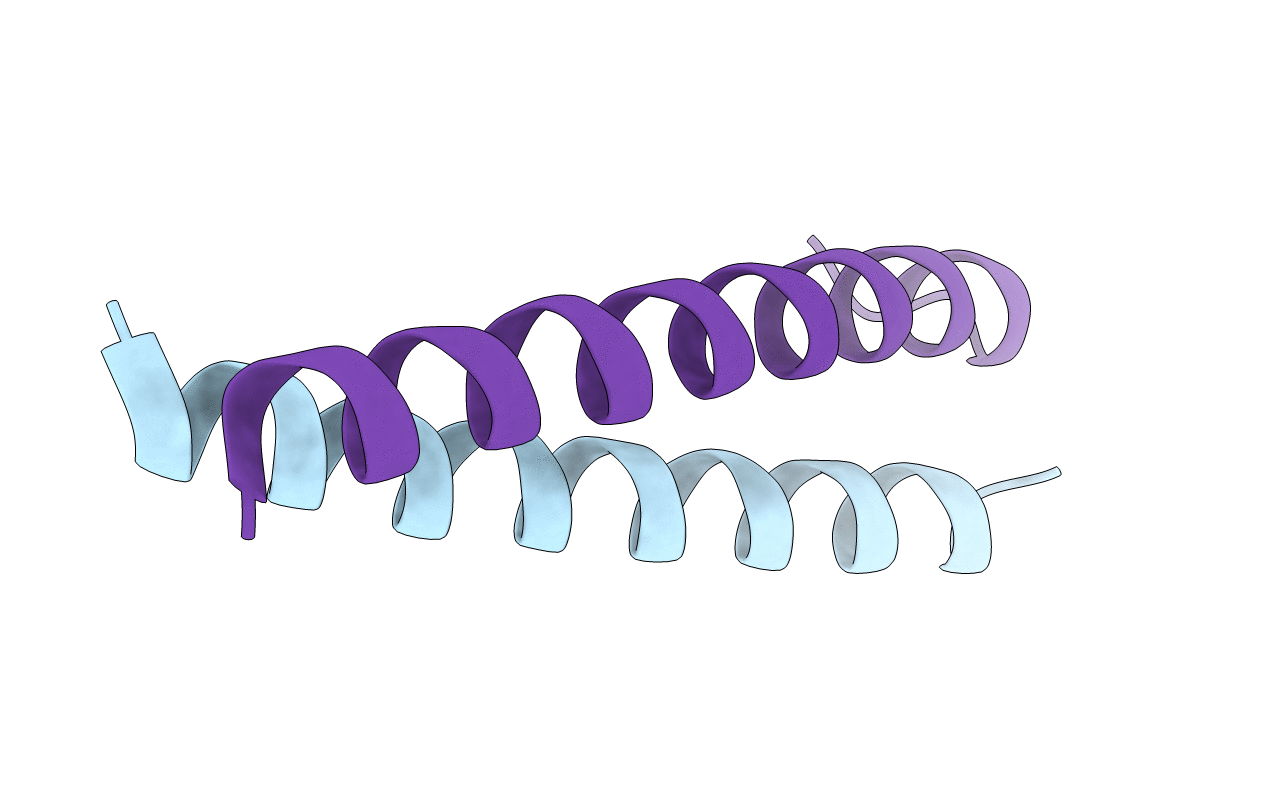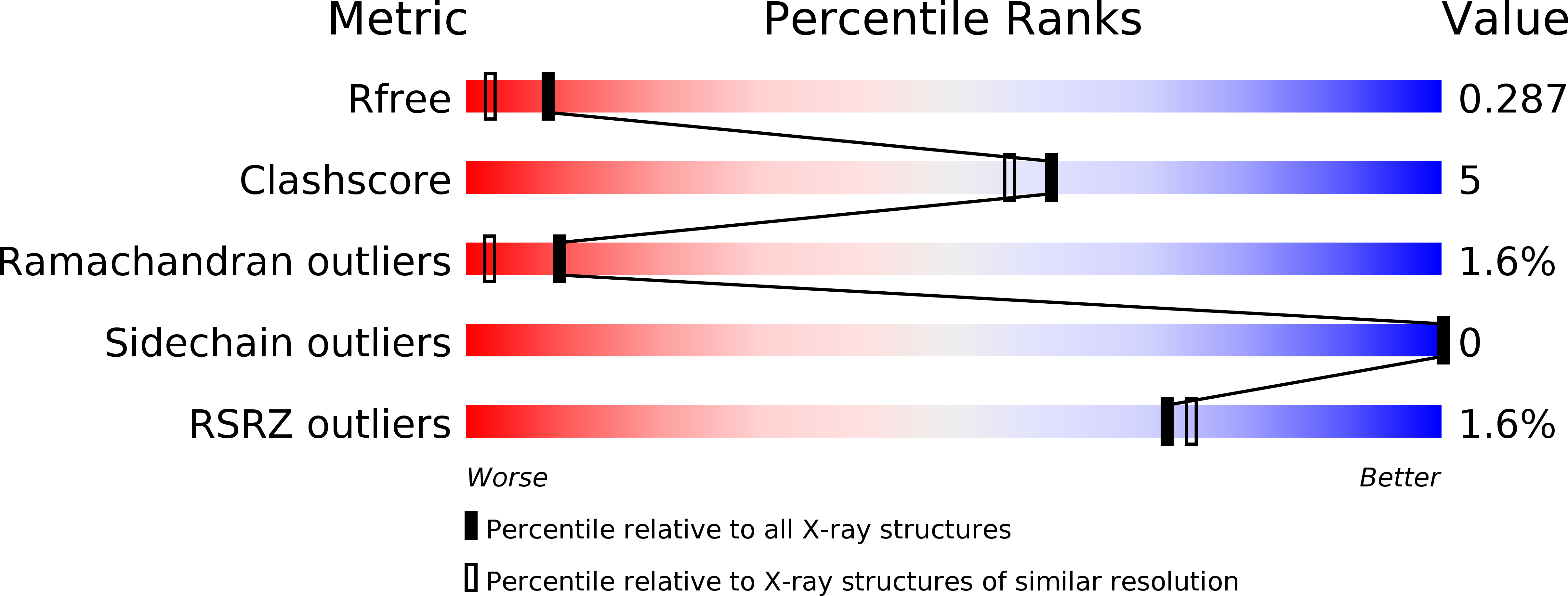
Deposition Date
2013-11-08
Release Date
2014-08-20
Last Version Date
2024-11-06
Method Details:
Experimental Method:
Resolution:
1.90 Å
R-Value Free:
0.28
R-Value Work:
0.25
R-Value Observed:
0.25
Space Group:
C 1 2 1


